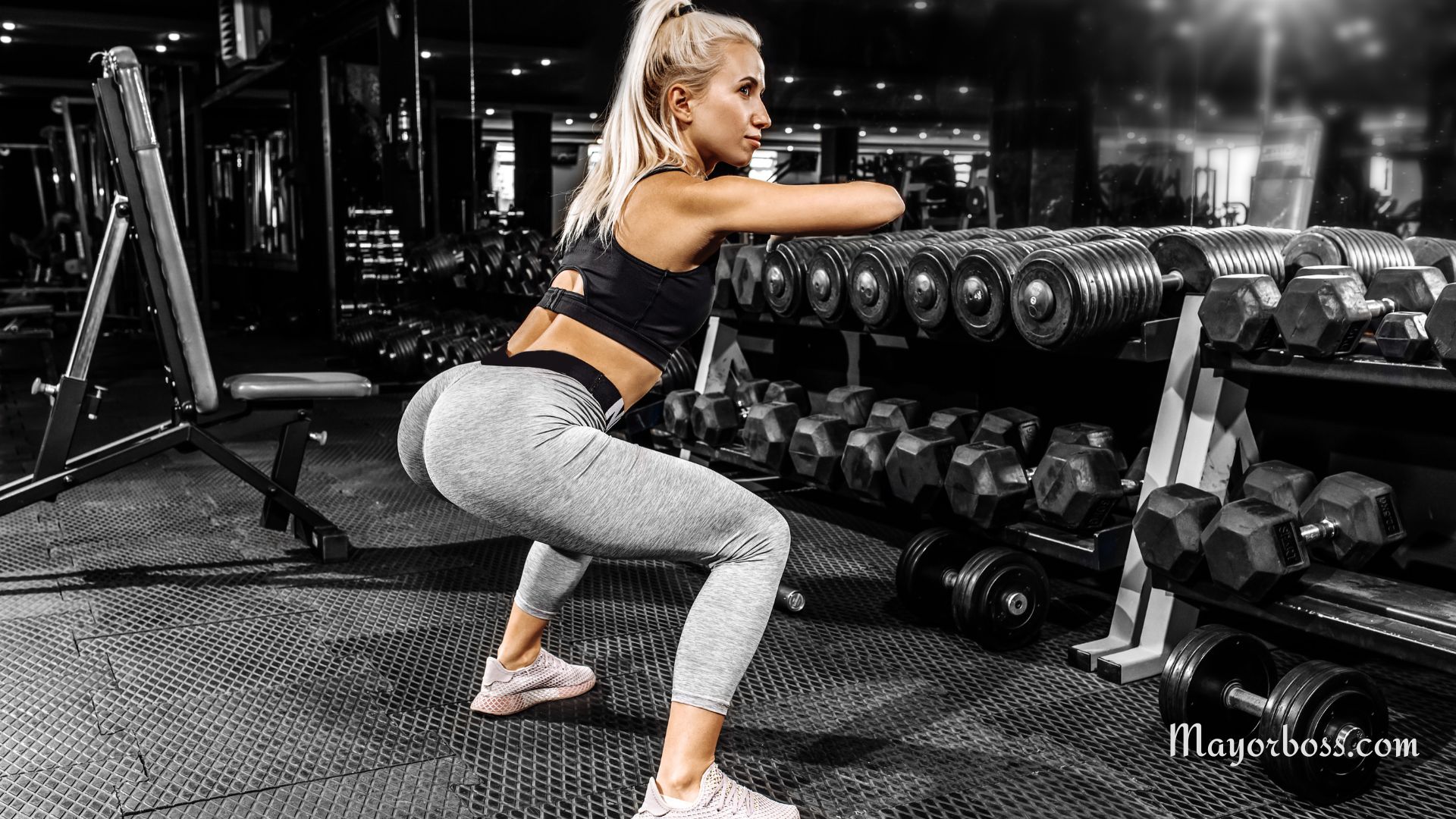How Effective Are Squats for a Bigger Butt?
When it comes to sculpting a bigger, more toned butt, squats are often touted as the go-to exercise. But how effective are they really? This article offers several explanations of the anatomy of squats, their benefits, and their limitations to understand why they are a popular choice yet not the only option for achieving your dream derriere.

The Science Behind Squats
Squats primarily target the muscles in your lower body, including the gluteus maximus, minimus, and medius, which are key to a fuller butt. They also engage the hamstrings and quadriceps, contributing to overall lower body strength. When you squat, you’re essentially putting these muscles to work, which can lead to hypertrophy – an increase in muscle size.
Muscle Activation
When you perform a squat, your gluteal muscles are activated to extend your hip and control the movement. This activation is crucial for muscle growth. However, the extent of gluteal engagement can vary based on the squat variation and technique.
Progressive Overload
To truly increase muscle size, including your buttocks, you need to progressively overload the muscles. This means gradually increasing the weight, frequency, or number of repetitions in your squat routine. Without this progression, your muscles will adapt and stop growing.
The Limitations of Squats
While squats are effective, they aren’t a magic solution. Here’s why:
- Individual Anatomy: Not everyone will experience the same results from squats. Factors like genetics, muscle fiber distribution, and natural body shape play a significant role in how your butt develops.
- Muscle Recruitment: Standard squats might not be enough to maximally activate the glute muscles for some individuals. This is where variations like sumo squats or split squats come in, targeting the glutes more effectively.
- Plateaus: Over time, your body can become accustomed to the squat movement, leading to a plateau in muscle growth. This is why it’s important to vary your workout routine.
Complementary Exercises
To maximize your results, consider incorporating other exercises that target the glutes more directly, such as:
- Hip Thrusts: Exceptional for isolating the glute muscles.
- Lunges: Target the glutes and hamstrings while also engaging your core.
- Deadlifts: Work the entire posterior chain, including the glutes.
Nutrition and Recovery
Remember, exercise is just one part of the equation. Proper nutrition and recovery are crucial for muscle growth. Consuming enough protein, maintaining a balanced diet, and getting adequate rest are essential to support your fitness goals.
Frequently Asked Questions
Are squats alone enough for a bigger butt?
While squats are effective, they should be part of a broader exercise regimen that includes other glute-focused exercises for the best results.
How often should I do squats?
This depends on your overall fitness routine, but generally, you should aim to train your lower body, including squats, 2-3 times per week, allowing for recovery time in between.
Can squats reduce the size of my butt?
Squats primarily build muscle. If you’re simultaneously losing fat through a calorie deficit, you might notice a reduction in size initially, but in the long term, squats tend to increase muscle mass, contributing to a larger appearance.
In conclusion, squats are a highly effective exercise for enhancing the size and shape of your buttocks, but they are most effective when combined with other glute-targeted exercises, proper nutrition, and sufficient rest. Remember, consistency and a holistic approach to fitness are key to achieving your goals.
